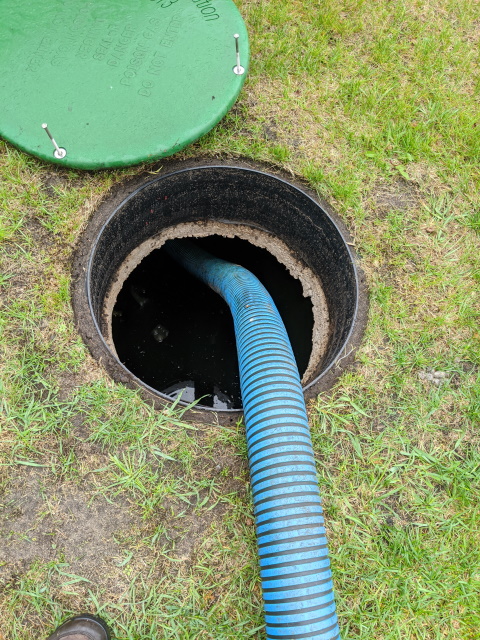Septic Inspections in Greater Lakes Area, MN

Septic Inspection or septic compliance inspection (terms used interchangeably)
A septic inspection is usually requested either by the owner of an existing property, or by the potential buyer of a property served by a septic system.
Typically, a current owner wants a system inspection because they are looking to sell, or they need a permit from a local unit of government, and an inspection is required to get that permit.
The other party usually requesting an inspection is a potential buyer of a property that is served by a septic system. They are looking for potential costs and the remaining usability of and existing system, which can be a major financial consideration when looking at a property served by a septic system.
Our process for inspections:
1. Research all available records that the local unit of government (typically county) may have regarding the property, this gives us a good idea of what we should and shouldn’t find.
2. Have the septic tank pumped, preferably through the manhole in the tank, MN state code requires tanks to be maintained (pumped) through a 20 inch or larger manhole, most tanks have at least one of these, however many times they are covered by soil and need to be exposed for proper maintenance and for the inspection of the tank.
3. Expose the manhole in the tank if one exists, visually observe the tank condition, we are looking for cracks in concrete tanks, tree root intrusion, structural integrity of the tank, proper baffle placement, and if the tank shows signs of leaking below the normal operating level of the tank, or if the tank shows signs of being overloaded, usually we will take pictures or use a video camera to document any irregularities. Once the tank is inspected, we move onto the soil treatment area.
4. Determine the location and depth of the soil treatment area (drainfield), once the location and depth have been determined we do at least one soil boring usually about 10 feet beyond the soil treatment area on the same contour (not downhill and not uphill from the treatment area)
5. Conduct a soil boring to a depth of three feet below the existing treatment area elevation to determine the presence of any seasonally saturated soil. Seasonally saturated soil is indicated in the soil by redoximorphic features in the soil. If seasonally saturated soil is encountered before a depth that is three feet below the bottom of the treatment area, the soil treatment component of the system fails and must be repaired or replaced. This would be called “ non-compliant “.
6. Cover and fill any soil borings or excavation that has been done
7. Draw a site map for the system, typically get enough measurements so we can do a CAD drawing of the system and the location of the tank, absorption area, and soil borings that were conducted.
8. Fill out the proper inspection form and submit it to the local unit of government, and to the person requesting the inspection.
